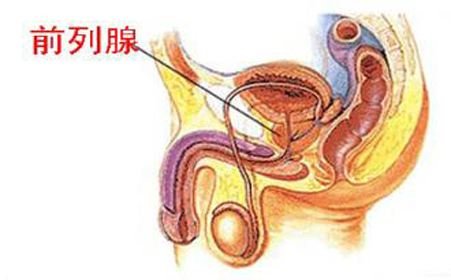Symptoms of delayed intracranial hematoma
summary
Due to trauma and other reasons, when the blood vessels in the brain or between the brain tissue and the skull rupture, the blood accumulates in the brain or between the brain and the skull, and produces pressure on the brain tissue, the intracranial hematoma forms. Intracranial hematoma is a common and serious secondary lesion in craniocerebral injury. The incidence of craniocerebral injury is about 10% of closed craniocerebral injury and 40% - 50% of severe craniocerebral injury. Symptoms of delayed intracranial hematoma? Let's talk about it
Symptoms of delayed intracranial hematoma
When the primary brain injury is very mild (concussion or mild brain contusion), the initial coma time is very short, and the formation of hematoma is not too fast, there is a period of conscious time between the initial coma and the coma of cerebral hernia, most of which are several hours or slightly longer, and few of them are more than 24 hours, which is called "intermediate conscious period".

If the primary brain injury is serious or the formation of hematoma is rapid, then there is no intermediate awake period, there may be a "consciousness improvement period", which is not awake but aggravated, and it may also be manifested as a continuous progressive aggravation of consciousness disorder.

A small number of hematomas occur in the absence of primary brain injury or limited brain contusion. Early unconsciousness occurs only when the hematoma causes cerebral hernia. Most patients have headache, vomiting, restlessness or indifference, drowsiness, disorientation, urinary incontinence and other manifestations before they enter into cerebral hernia coma.

matters needing attention
Pay attention to living habits. High risk workers, such as construction workers and mining workers, are easy to cause injury. They should pay attention to protect themselves in the process of work. Pay attention to calm down in case of trouble, avoid emotional excitement and conflict. Secondly, early detection, early diagnosis and early treatment are also of great significance for the prevention of this disease.















